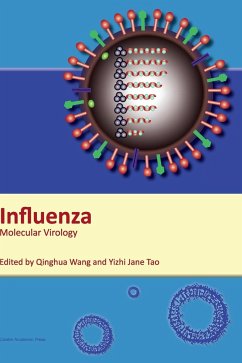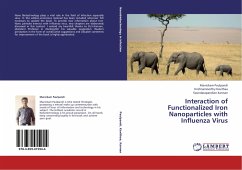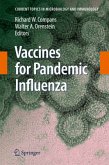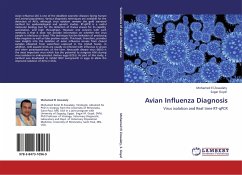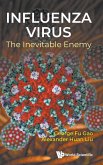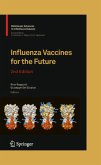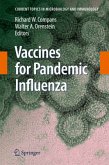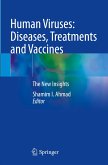In the last 100 years there have been three major influenza pandemics: Spanish Flu in 1918, Asian Flu in 1957 and Hong Kong Flu in 1968. These claimed the lives of approximately 50 million, 2 million and 1 million people respectively. Added to this is the annual death toll of 250,000 to 500,000 people worldwide with a further 3 to 4 million people suffering severe illness. These statistics make influenza an extremely important pathogen. In 1997 the alarming emergence of a new, highly pathogenic subtype, H5N1, which has a 50% mortality rate, provided a major impetus for renewed influenza research. However the battle against influenza is going to be difficult. Recently another subtype, H1N1, has emerged. This subtype causes a relatively mild infection in humans, however is highly transmittable between people and a new influenza pandemic was declared by the World Health Organization. If this virus were to acquire some of the lethal capabilities of H5N1, then the ensuing pandemic could be devastating. In this timely book, internationally renowned scientists critically review the current research and the most important discoveries in this highly topical field. Subjects covered include the NS1 protein of influenza A virus, the structure of influenza NS1, influenza B hemagglutinin, influenza A nucleoprotein, influenza A hemagglutinin glycoproteins, the M2 channel, virulence genes of the 1918 pandemic influenza, influenza virus polymerase, gene diagnostic microarrays, and computer-assisted vaccine design. Highly informative and well referenced, this book is essential reading for all influenza specialists and is recommended reading for all virologists, immunologists, molecular biologists, public health scientists and research scientists in pharmaceutical companies.
Hinweis: Dieser Artikel kann nur an eine deutsche Lieferadresse ausgeliefert werden.
Hinweis: Dieser Artikel kann nur an eine deutsche Lieferadresse ausgeliefert werden.

